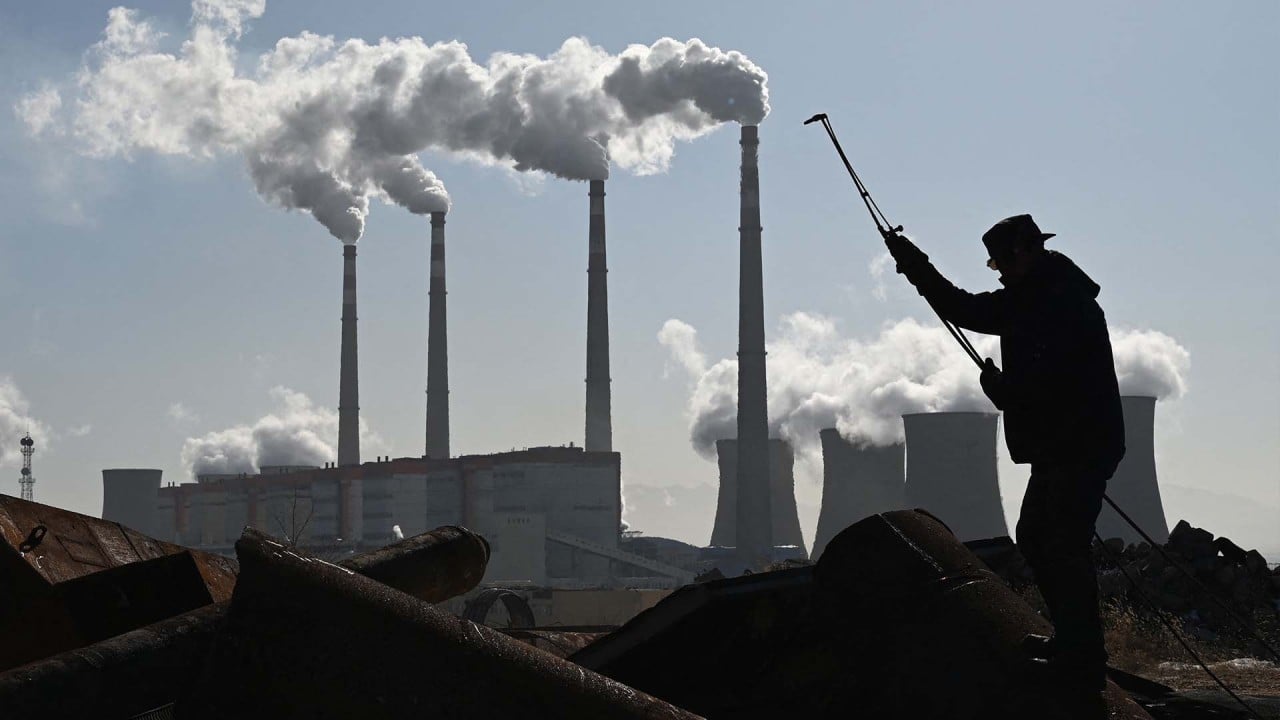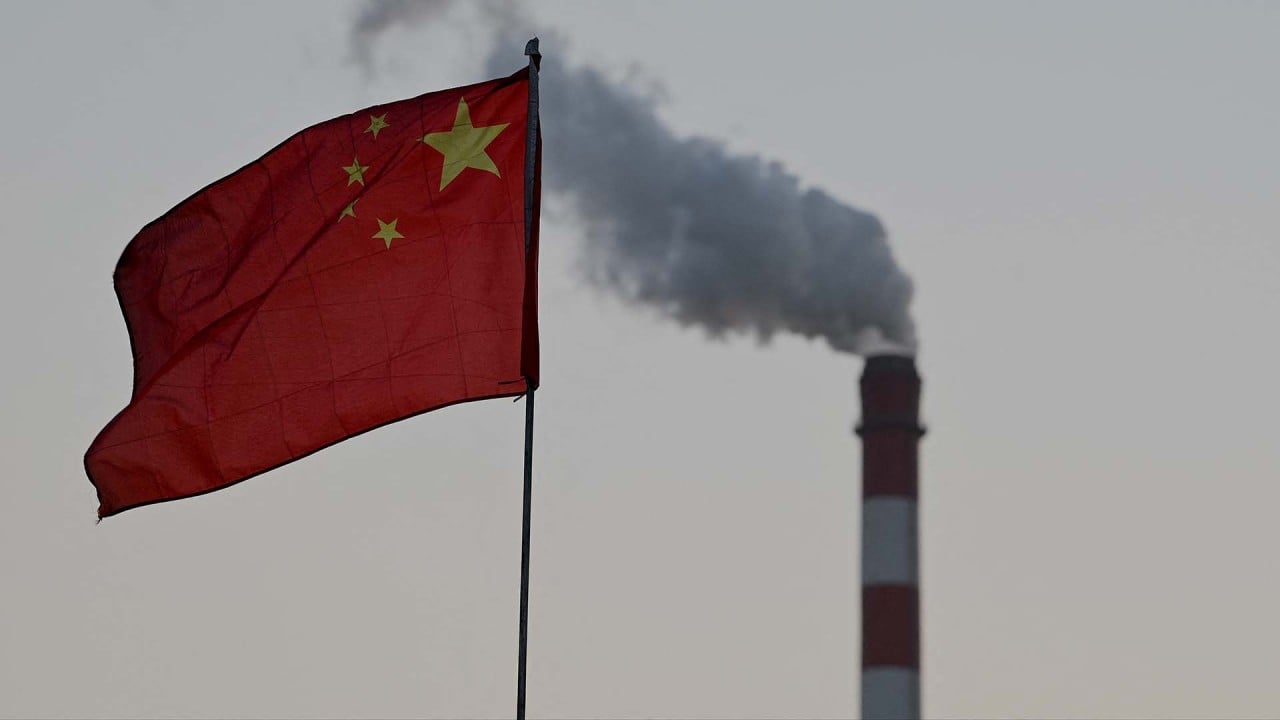
China’s rising coal power output to push global electricity generated from fossil fuel to record high this year, IEA says
- Global power generation from coal is also expected to jump by 9 per cent this year to an all-time high of 10,350 terawatt-hours, according to the IEA
- This year’s record level of coal power generation shows how far off track the world is in its efforts to put emissions into decline towards net zero, IEA’s Fatih Birol says
Global power generation from coal is also expected to jump by 9 per cent this year to an all-time high of 10,350 terawatt-hours, after falling in 2019 and 2020, potentially putting demand for the fossil fuel on course to reach a record high next year, according to the IEA’s Coal 2021 report released on Friday.
“Coal is the single largest source of global carbon emissions, and this year’s historically high level of coal power generation is a worrying sign of how far off track the world is in its efforts to put emissions into decline towards net zero,” said Fatih Birol, executive director at IEA.
The rebound in global coal power generation was driven by the rapid economic recovery this year, which pushed up electricity demand much faster than low-carbon supplies could keep up. China’s power generation, including district heating, accounts for one-third of global coal consumption, while the country’s coal use is more than half of the world total, according to the IEA.
Overall coal demand worldwide, including uses beyond power generation such as cement and steel production, is forecast to grow by 6 per cent in 2021, according to the IEA. While the increase will not take demand above the record levels it reached in 2013 and 2014, overall coal demand could reach all-time highs as soon as 2022, depending on weather patterns and economic growth, and remain at that level for the following two years, underscoring the need to fast and strong policy action, the IEA said.
China’s electricity demand growth is estimated at 10 per cent for 2021, reflecting the country’s “strong economy recovery as well as a cold snap in the north and a warmer-than-average summer”, according to the report.
“The pledges to reach net zero emissions made by many countries, including China and India, should have very strong implications for coal – but these are not yet visible in our near-term forecast, reflecting the major gap between ambitions and action,” said Keisuke Sadamori, director of energy markets and security at the IEA.
“Asia dominates the global coal market, with China and India accounting for two-thirds of overall demand. These two economies – dependent on coal and with a combined population of almost 3 billion people – hold the key to future coal demand.”
“Coal power will inevitably begin to decline soon: China has committed to phasing down coal from 2025, while India’s huge renewables target should remove the need for more coal,” said Dave Jones, global programme lead at energy think tank Ember.
“It will take time for the ship to turn, but time is not on our side to keep 1.5 degrees within reach,” he added.



